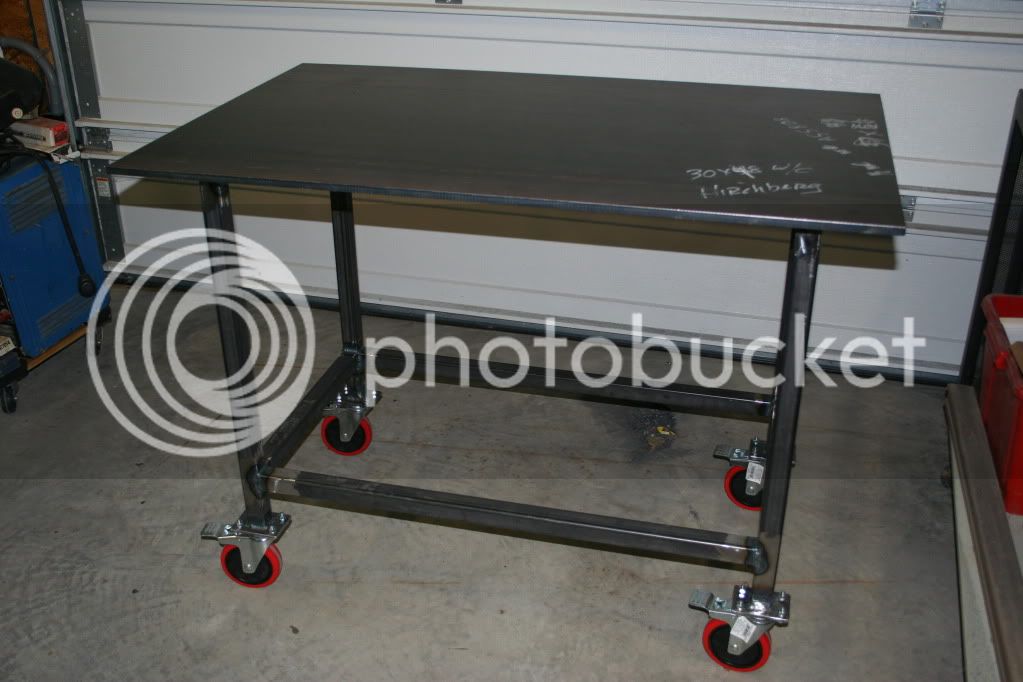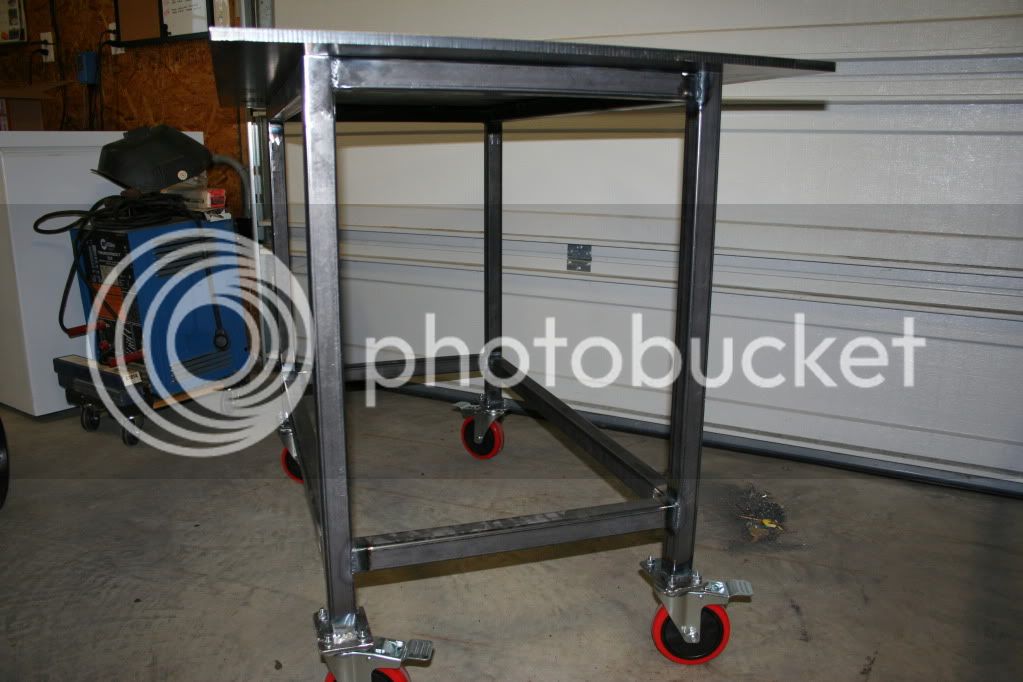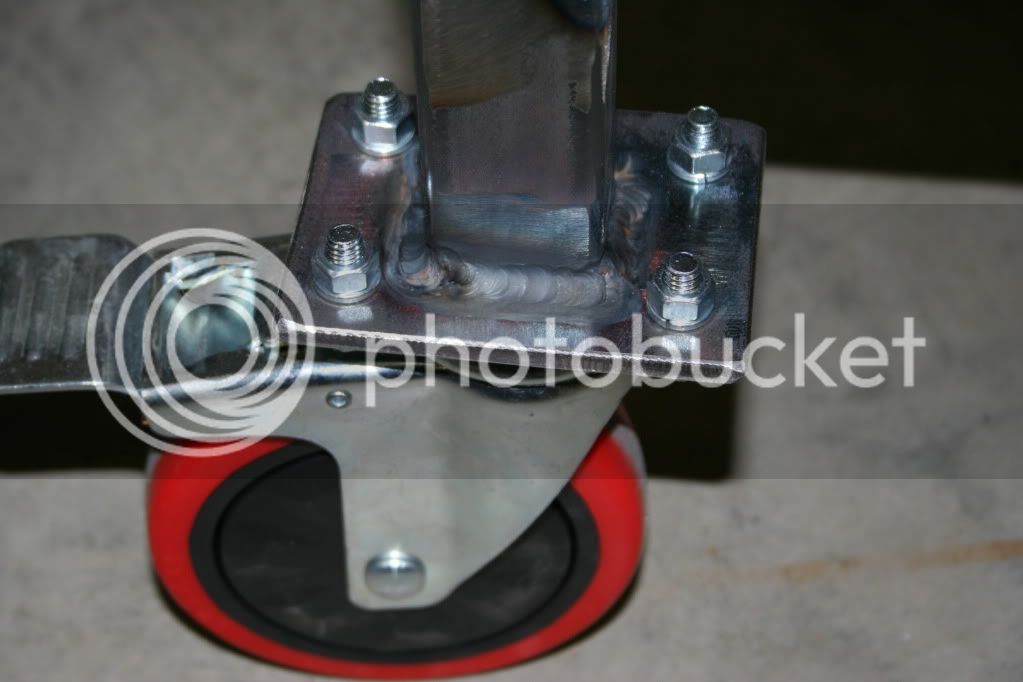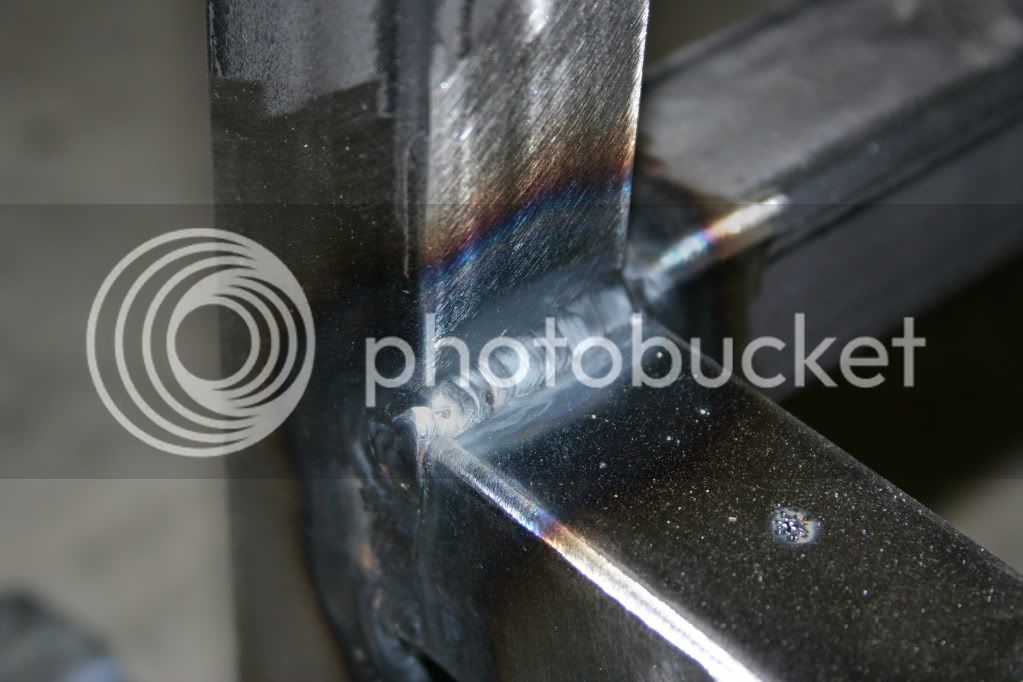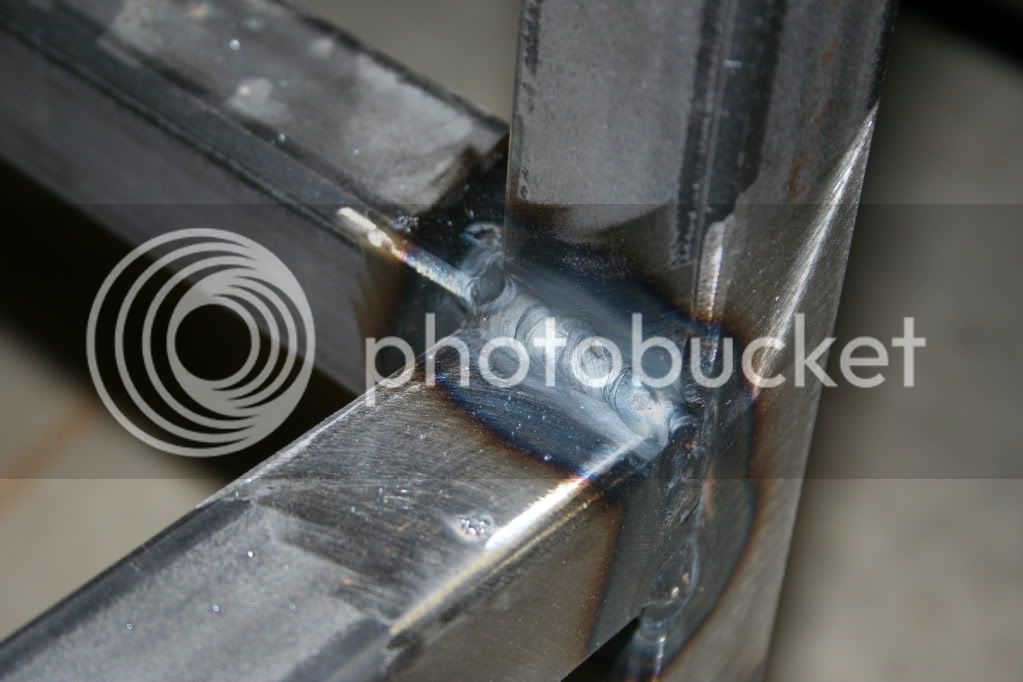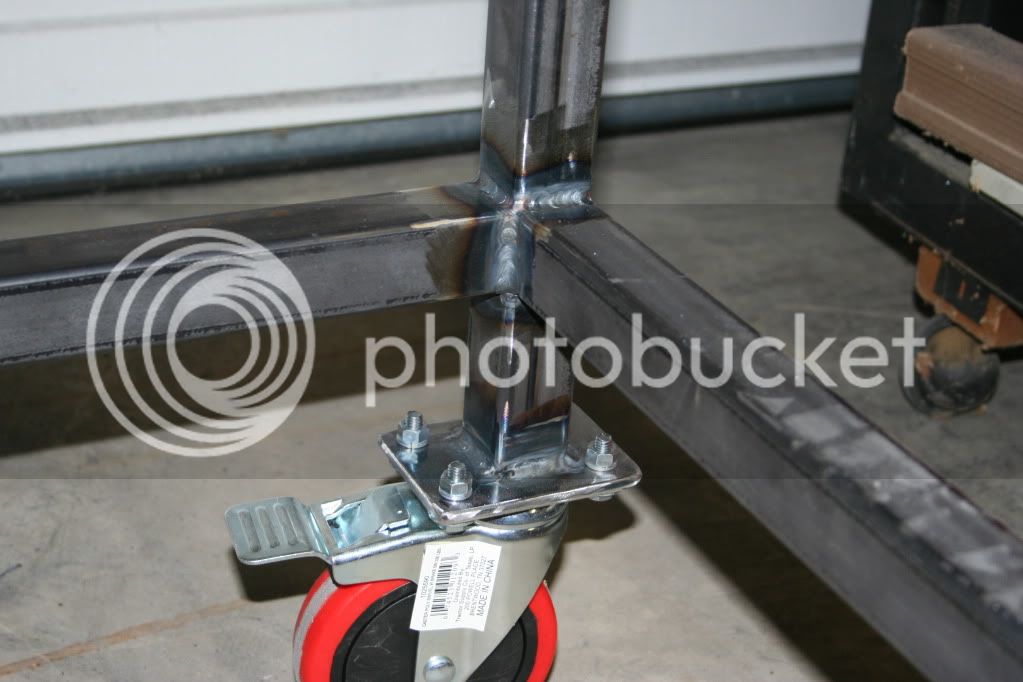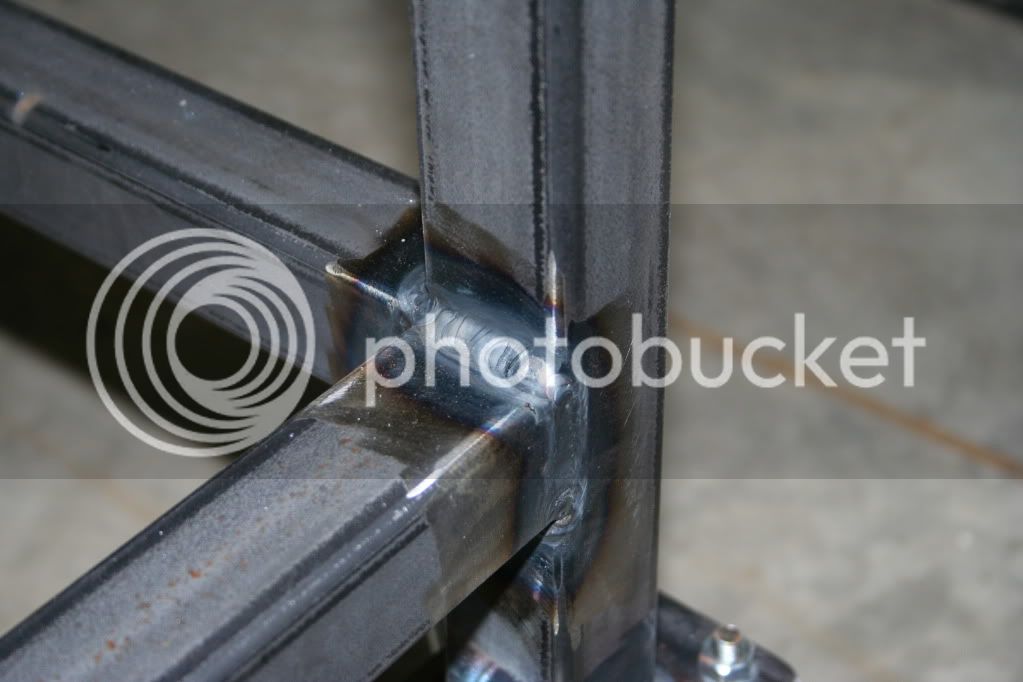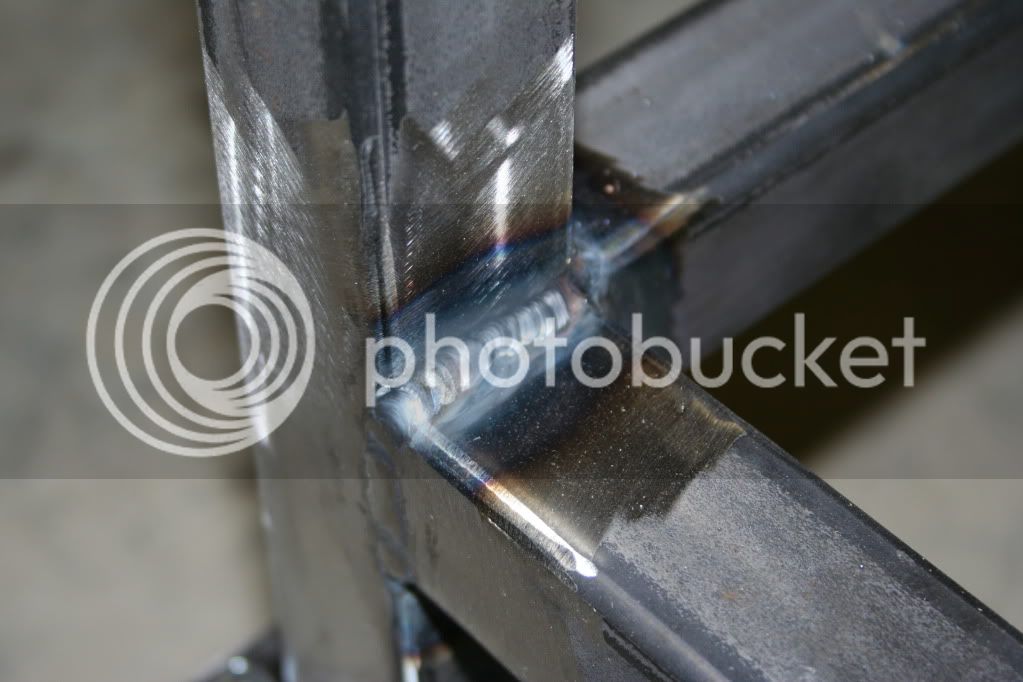BrewBeemer
Well-Known Member
Ed,
i've used those blades alot and they work great, but don't stay sharp very long. They are also pretty hard on your saw. It'll run you $0.50 - $1.00 per tooth to have it sharpened. Make sure the sharpener is comfortable sharpening super hard carbide. If they sharpen it like standard carbide saw blades they'll lessen the life of the blade.
A new fine tooth carbide blade installed backwards works great in a Skilsaw cutting 14 gauge 7075 aluminum, a beater garage sale Porter Cable router with a 1/2" carbide set 1/16" below base trimmed down the 14 gauge to near the aluminum frame then finished with the belt sander flush.
Yeah I agree, had a 3 pack combo carbide blade set I could resharpen the carbide with a file, WTF? Got what I paid for.
Old school at my end dad has a blade sharpening jig with tooth kerf resetting for steel blades. Aluminium cutting on the 10" table saw a fine tooth Diablo carbide works, thin small stock will get shot out, the rake is totally wrong can be dangerous.
I cut 3 1/2" bronze stock years ago doing this to make 24# cannon barrels on the lathe sure beat a hacksaw.


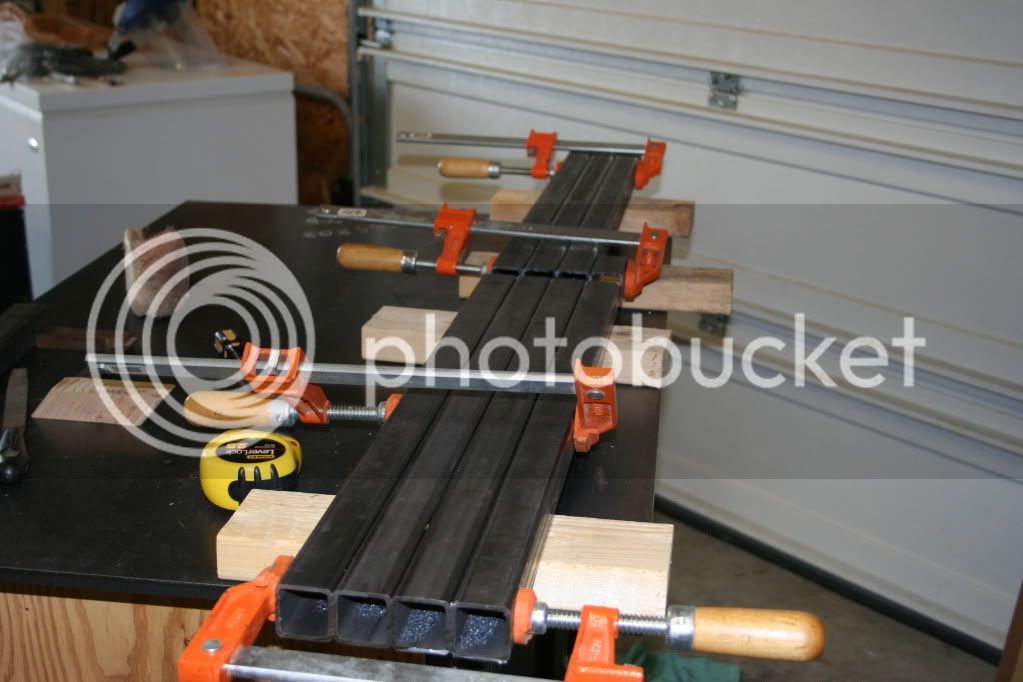
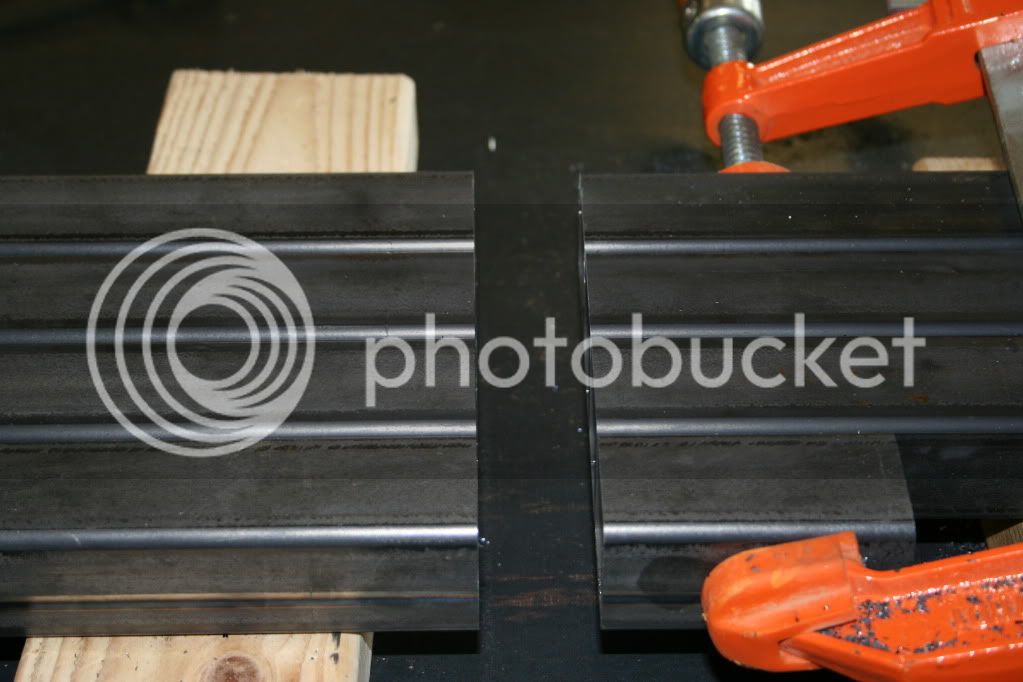
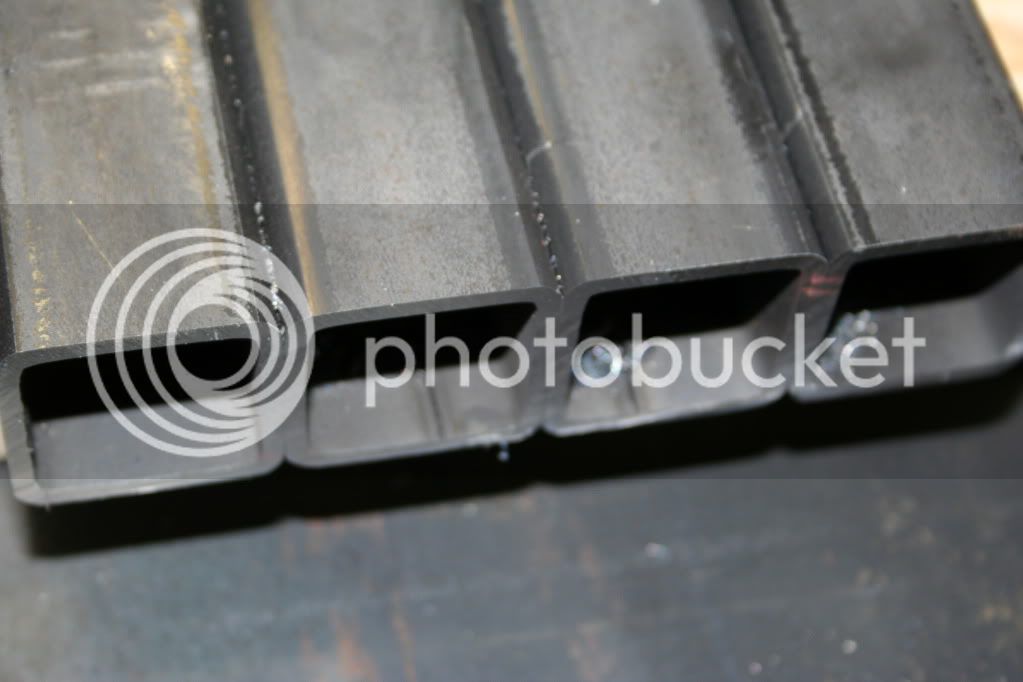
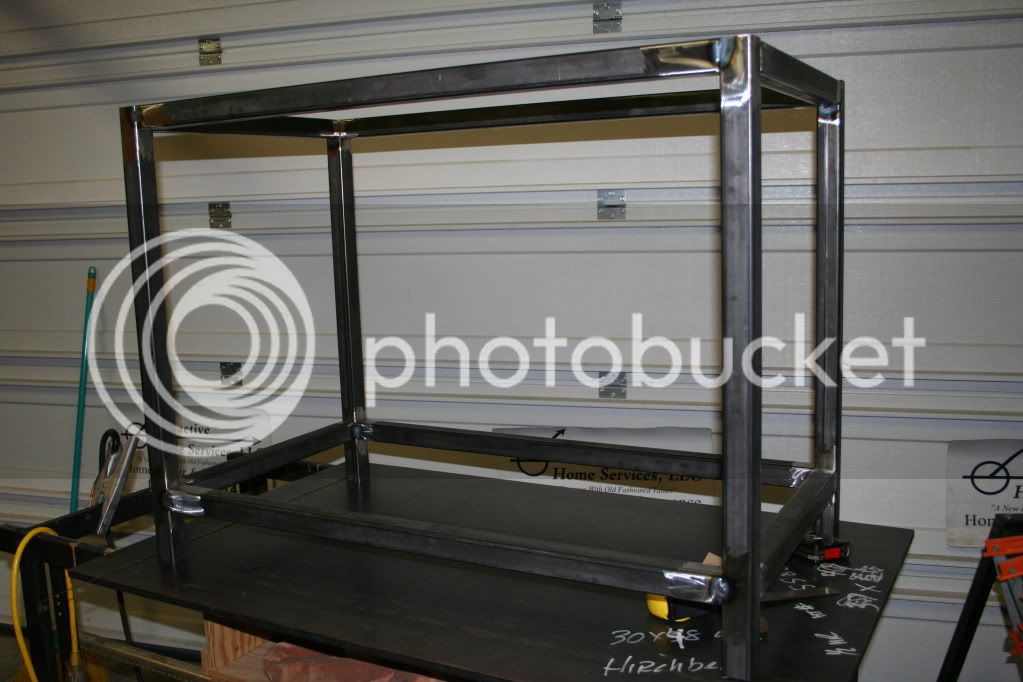
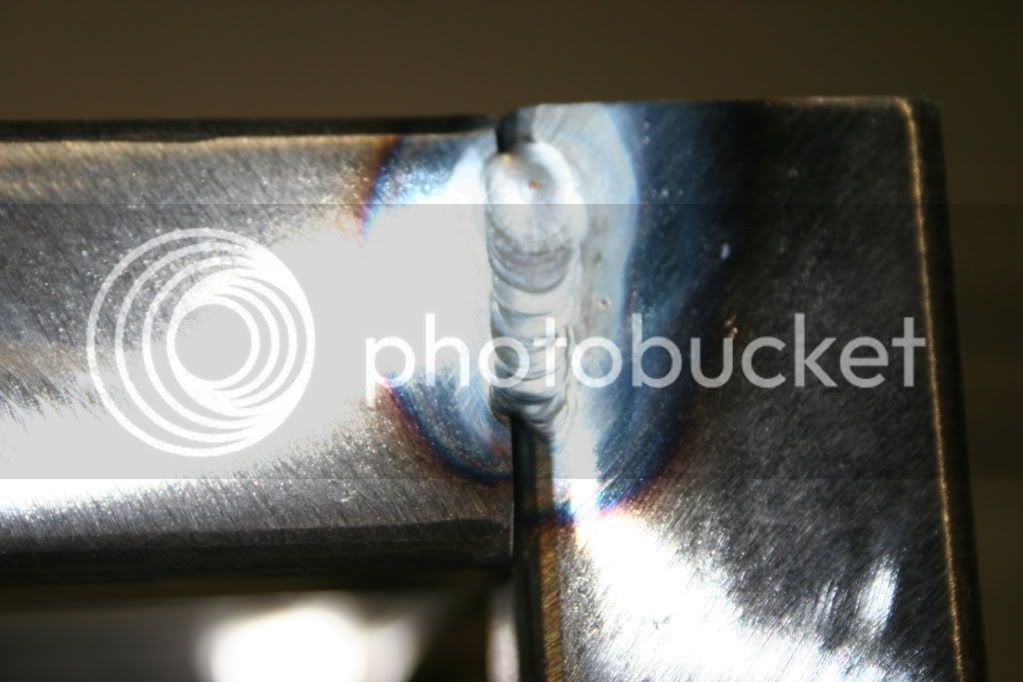




































![Craft A Brew - Safale BE-256 Yeast - Fermentis - Belgian Ale Dry Yeast - For Belgian & Strong Ales - Ingredients for Home Brewing - Beer Making Supplies - [3 Pack]](https://m.media-amazon.com/images/I/51bcKEwQmWL._SL500_.jpg)




















